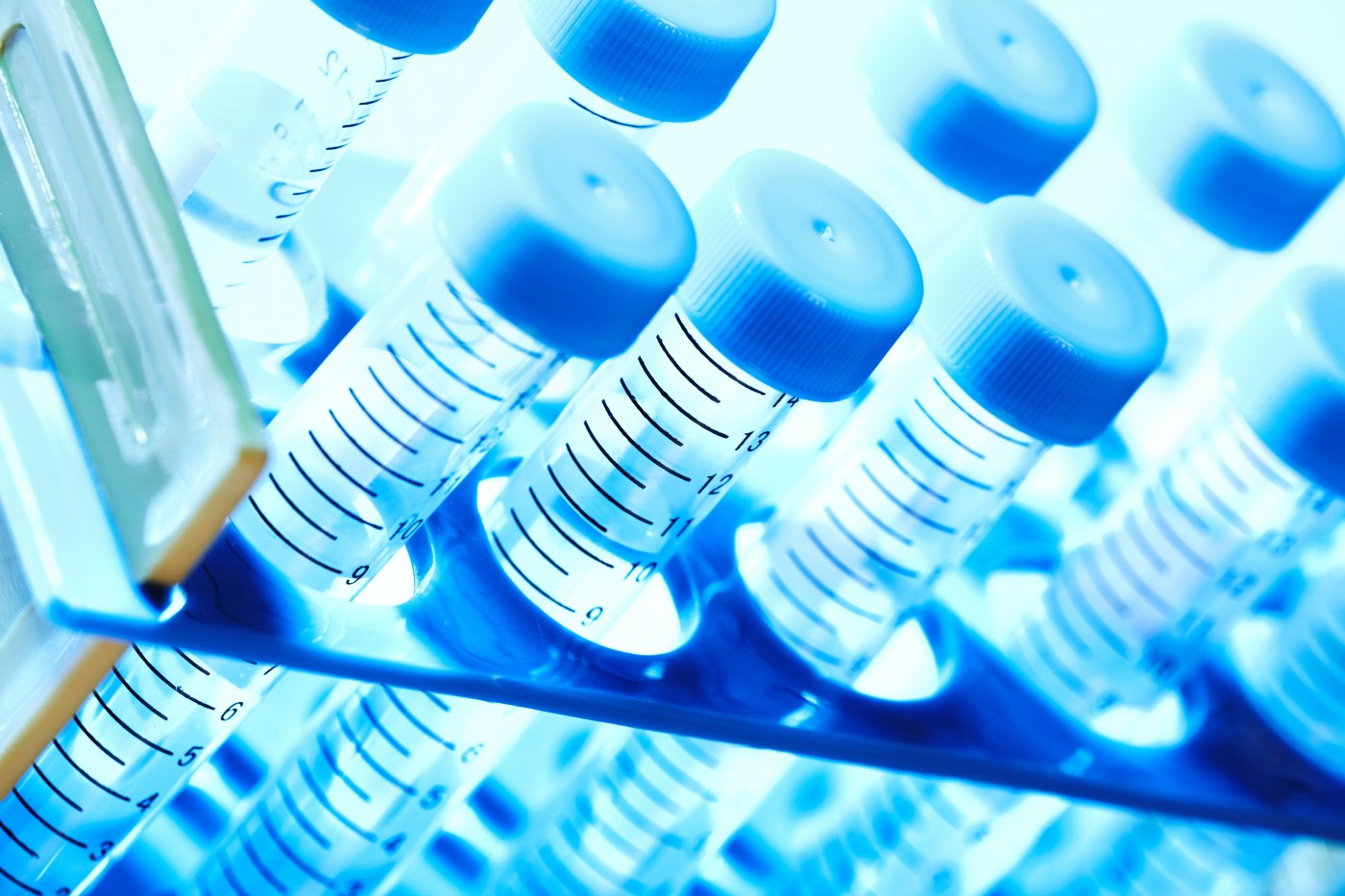Pulmonary Hypertension Study Finds Increased Levels of Protein, CXCL13, in Patient Tissues and Blood

German researchers evaluating a possible new biomarker for pulmonary arterial hypertension (PAH) found that the molecule, known as chemokine CXC ligand 13 (CXCL13), was higher in the blood serum and lung tissue of people with PAH — suggesting a pathogenic role but one short of serving as a disease marker. The report, titled “CXCL13 in idiopathic pulmonary arterial hypertension and chronic thromboembolic pulmonary hypertension,“ appeared on Feb. 29, 2016, in the journal Respiratory Research.
CXCL13 is a protein able to modify the responses of immune system cells, specifically B cells, and may contribute to certain cancers, including angioimmunoblastic T-cell lymphoma and central nervous system lymphoma.
The scientists, led by first author Karen Olsson of the Department of Respiratory Medicine and German Center of Lung Research, Hannover Medical School, studied lung tissue samples and blood serum taken from people with idiopathic, or unknown cause, PAH (IPAH) and a related condition known as chronic thromboembolic pulmonary hypertension (CTEPH). The team examined samples from 42 people with PAH, 50 people with CTEPH, and 13 healthy controls.
Investigators used antibody staining to identify CXCL13 in the lung samples, which is a standard laboratory technique for finding a specific molecule in tissues. They also measured blood CXCL13 levels and other markers of PAH severity using a technique known as enzyme-linked immunosorbent assay (ELISA).
Although CXCL13 levels were found to be higher in the lungs and blood of those with PAH, increased CXCL13 did not correspond with greater disease severity.
“CXCL13 was expressed in pulmonary vascular lesions and lymphocytes of patients with IPAH and inoperable CTEPH, respectively,” Dr. Olsson and her colleagues wrote. “Serum CXCL13 was elevated in patients compared to healthy controls … Serum CXCL13 showed only weak and inconsistent correlations with markers of inflammation or disease severity. In both populations, patients with serum CXCL13 above the median of the respective groups did not have a higher risk of death than patients with lower serum CXCL13.”
The study indicated that CXCL13 could play a role in causing two forms of PAH, although more work is needed to evaluate this association. However, the molecule may not be an ideal biomarker for predicting PAH severity and disease outcomes. In their report, the scientists said, “given the weak associations between serum CXCL13 and markers of disease severity and outcome, CXCL13 is unlikely to become a promising biomarker in these patient populations.”
PAH refers to high blood pressure in the lungs. It is a condition that worsens over time and can be fatal, since pressure in the lung arteries can strain the heart. Although PAH currently has no cure, several medications are used to control its symptoms.







